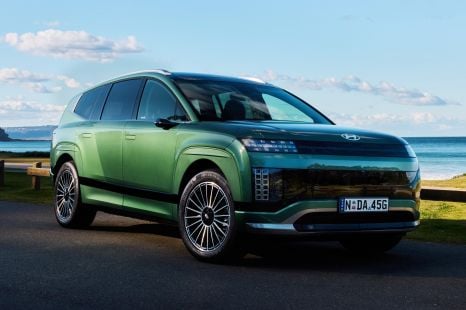

Josh Nevett
2025 Hyundai Ioniq 9 review
4 Days Ago
The Nissan Qashqai Ti is the flagship of the local range, and like all Qashqai models it’s extremely family-friendly despite its size.
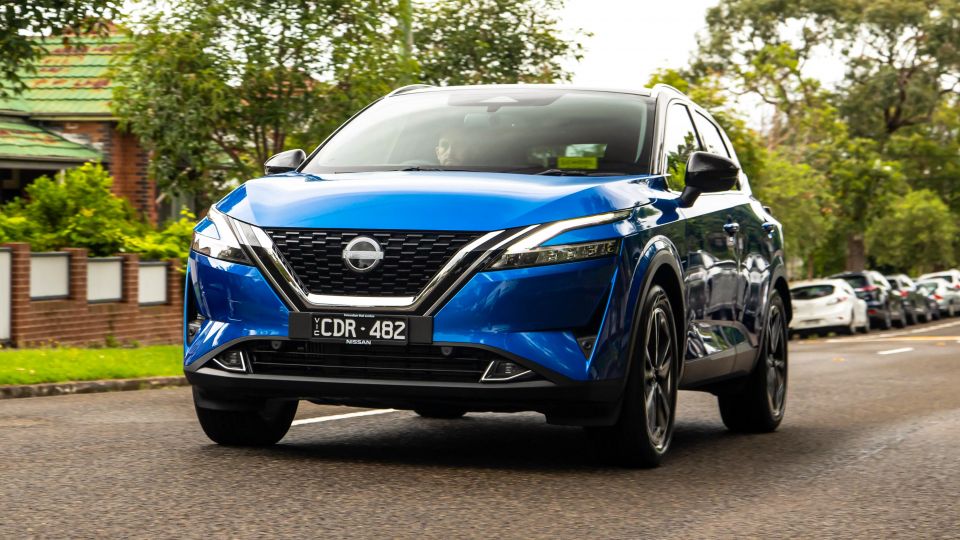
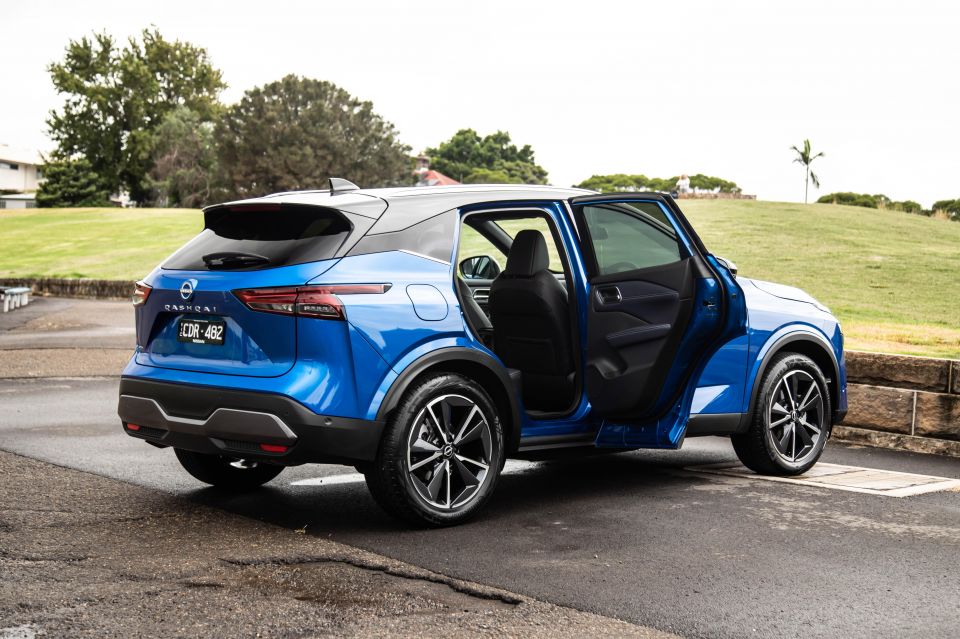

Quickly see how this car stacks up against its competition. Select any benchmark to see more details.
CarExpert helps new car buyers save thousands with expert reviews, honest advice, and transparent pricing – no dealer pressure and no sales games.
If you want a small SUV that is big on the inside but compact on the outside, I’m not sure there is any better option than the Nissan Qashqai.

The new-generation model is smarter than the last, and packages a lot into a small footprint. And, being a dad, I wanted to see how it would cope with family duties.
So this review is more about the usability of the Qashqai than anything else. Can it work for a family of three? Is it easy to park? What tricks has it got up its sleeve that make it a better option than many of its rivals?
I drove in top-spec Ti trim for this test to fill you in.
The 2023 Nissan Qashqai Ti is a $47,390 proposition (plus on-road costs), so to consider this as the “luxury” version of the range is at least justified based on the list price.
The Ti grade is a staggering $8300 more expensive than the Qashqai ST-L, but it does load in a whole lot more equipment and technology for your money.
Even so, you could get any number of larger SUVs with strong standard kit lists for this money – take your pick of a Toyota RAV4, Kia Sportage, Hyundai Tucson, Mitsubishi Outlander or even the Nissan X-Trail, for example. But for those who want a car that isn’t as large or imposing as those, the smaller, easier to park, and impressively-equipped Qashqai Ti could be a great choice.
Mind, the other side of the argument is that you could find yourself in, say, a Cupra Formentor V for not a whole lot more money ($49,990), or maybe even consider an Audi Q2 (from $46,000), or even more compact Peugeot 2008 (from $38,945). Or choose a high-grade rival compact SUV, like a Kia Seltos GT-Line (from $39,300), or Mazda CX-30 G25 (from $38,310).
But – and I’ll explain more as we go along – I reckon the Qashqai might have its rivals beat when it comes to space, utility and spec.
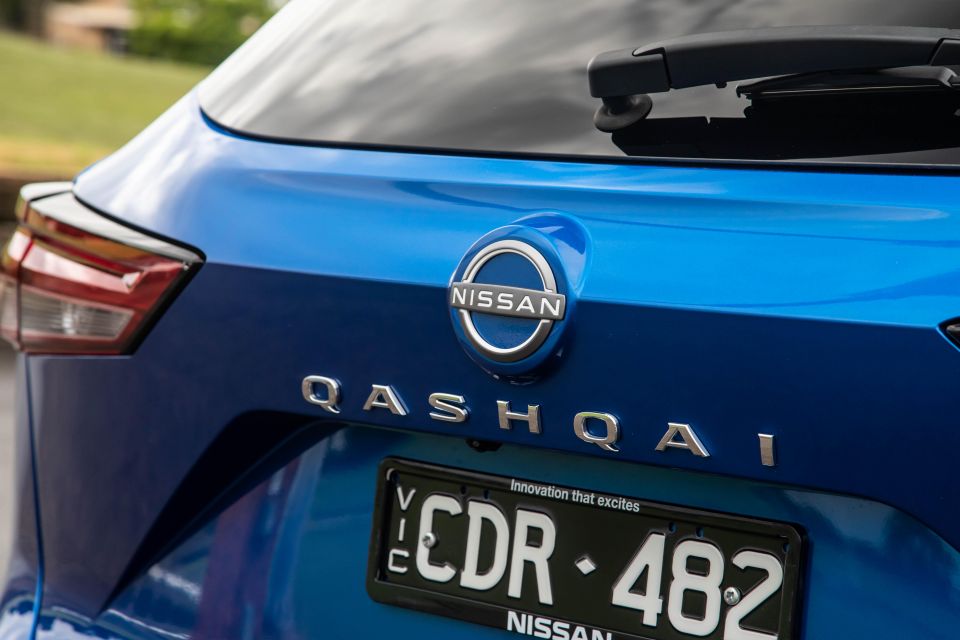
2023 Nissan Qashqai pricing:
Like I said, this is the plush spec of Qashqai, and it lives up to that on the inside.
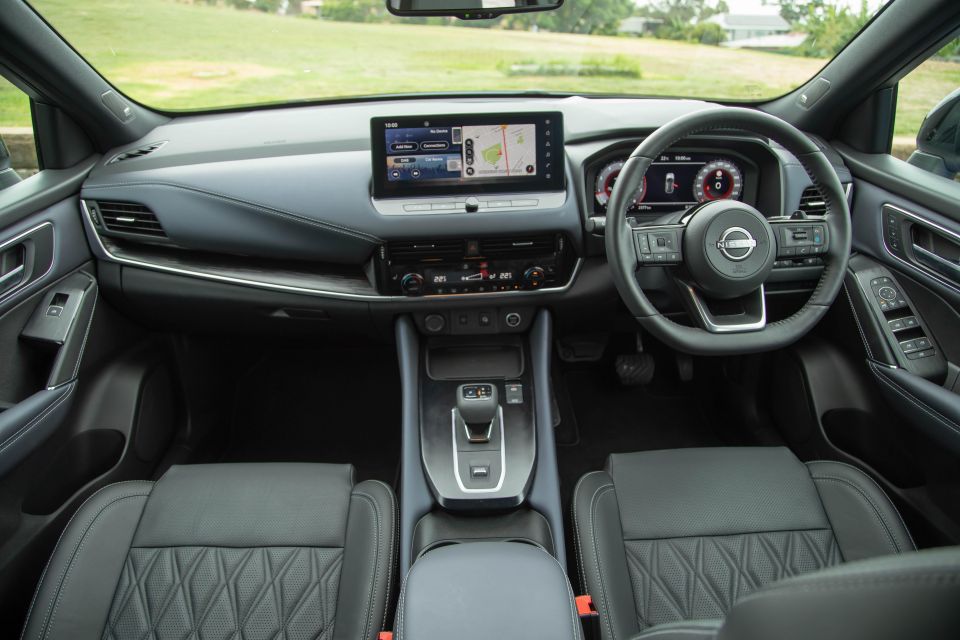
The quilted leather trim is definitely on the edge of opulent, and the fact the front seats have a massage function just means that stressed-out parents like me will have a bit of relaxation on the road. I’m not sold on the blue and black interior colour finish, but you might be.
With heated front seats and a heated steering wheel (which is a lovely shape), it’ll be a nice experience for the front-seat riders for winter morning daycare drops, that’s for sure.
And, I liked that the trim inside looks and feels great through the cabin, including a nice soft padded dash-top, soft armrests, and comfortable seats.
The massive 12.3-inch media screen is very crisp and clear, plus it’s fast to respond to touch commands and acts as the display for a fantastic reversing camera with 360-degree view as well.
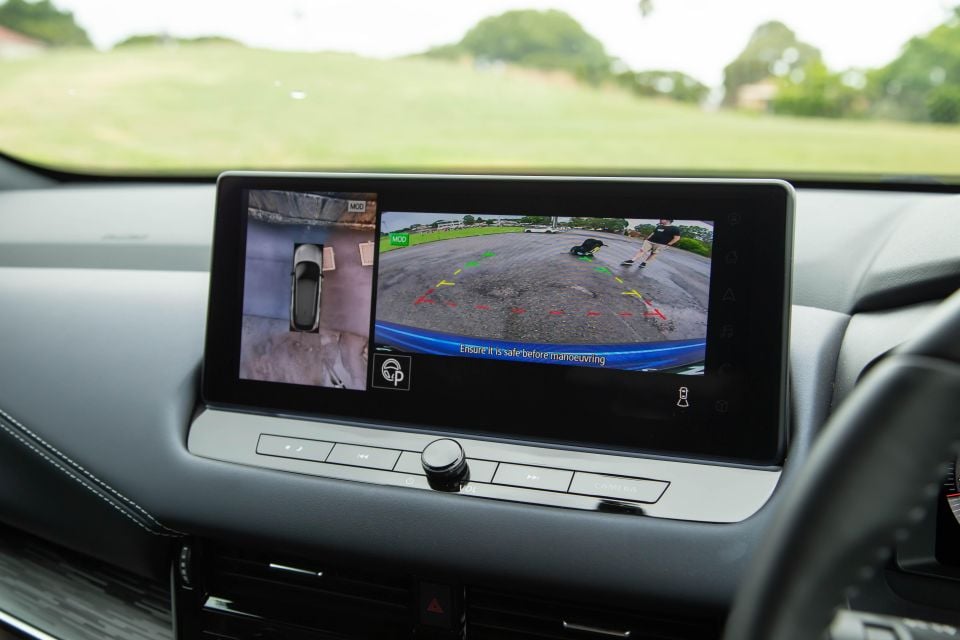
Family points to Nissan for also making rear AEB standard for the Qashqai – it’s a potentially life-saving bit of technology that will appeal to countless mums and dads out there.
And further to that, the Qashqai Ti gets a semi-autonomous parking system, but it’s not nearly as semi-autonomous as some others. In fact, it only does the steering – you still need to control the brakes, accelerator, and gear selection. At least it displays a great crisp image on screen to see where you want to get to.
The media system also features buttons for fast, succinct control of the key functions of the car – fan, climate, volume, tuning and more.
Unlike the ST-L, the Ti scores a big fully-digital instrument display, which is a bit more techy than the more conventional dial layout in the lower grades. It also scores a head-up display for the info you need at a glance through the windscreen.
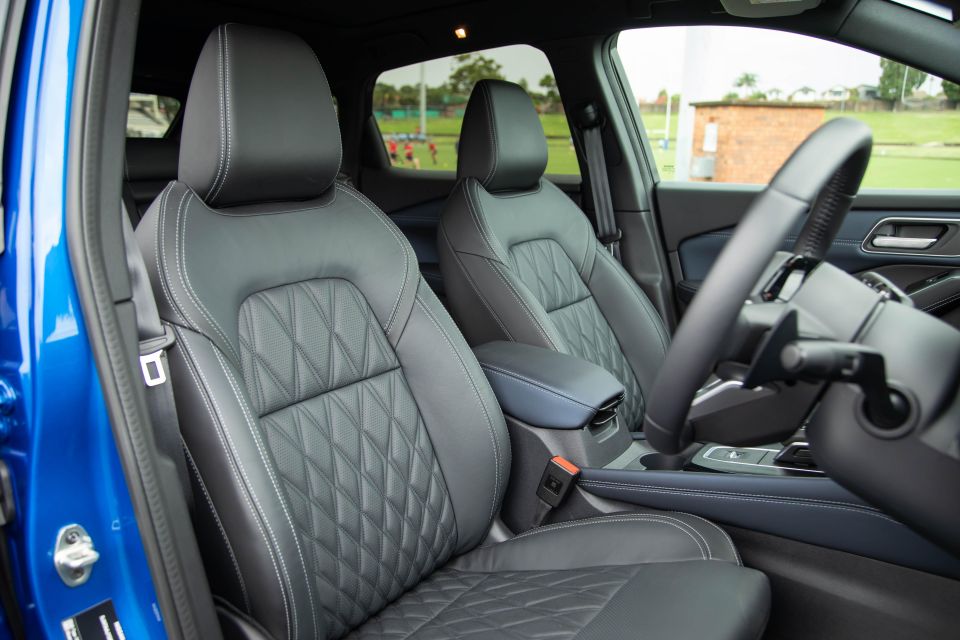
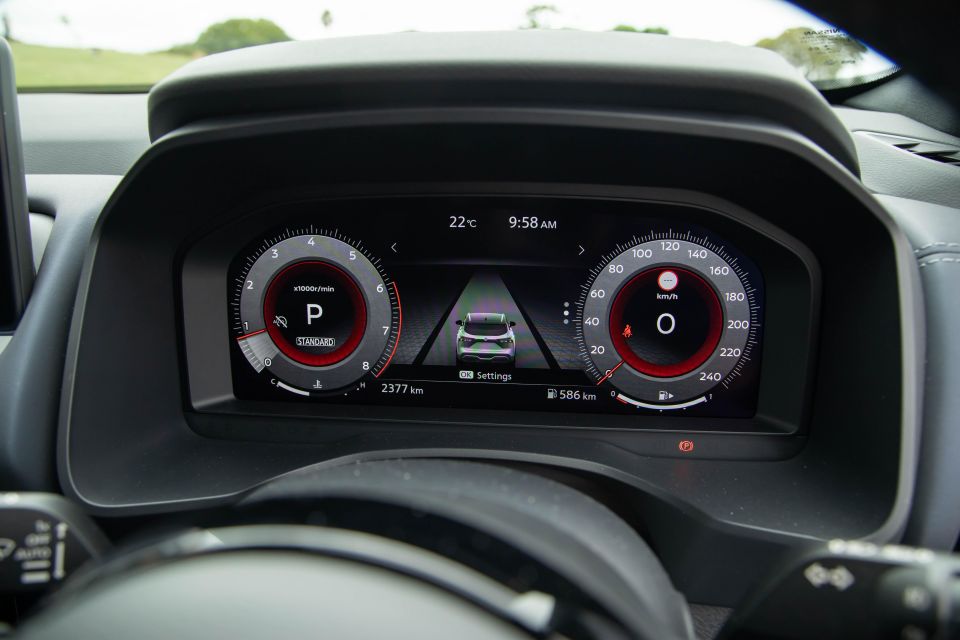
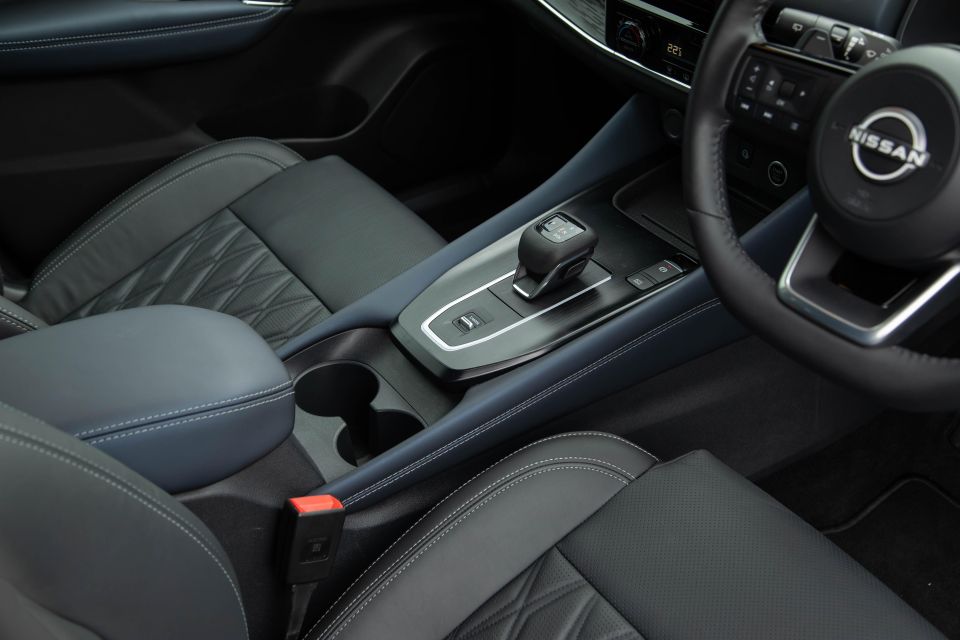
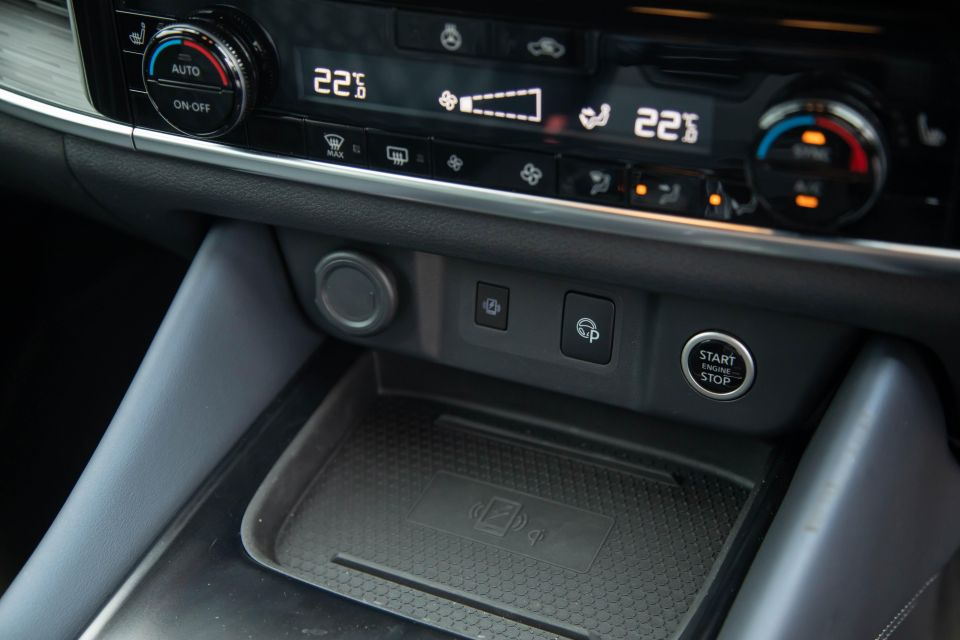
For people who really value heaps of in-car storage, the Qashqai could be better. It has cupholders between the front seats, a centre console bin with USB ports and a wireless charger. Interestingly, this Qashqai didn’t have the ill-fitting glovebox issue that the ST-L I drove did.
Right, so I said there would be some family highlights here, and one of them is that the back doors of the Qashqai open to 90 degrees.
That means you can easily load your child (or their seat) into the back row without having to squeeze yourself into a tight space. It has outboard ISOFIX and three top-tether points to secure seats, and the job is made pretty easy because of those wide-opening doors.
If you’ve read much about other new cars, you’ll know that one of the biggest faults with Toyota designs is that their doors don’t open very wide. That means you might need to swing by the personal trainer after you do the daycare drop, as it can be – literally – a bit of a squeeze to get your child in the back if you’re a larger human.
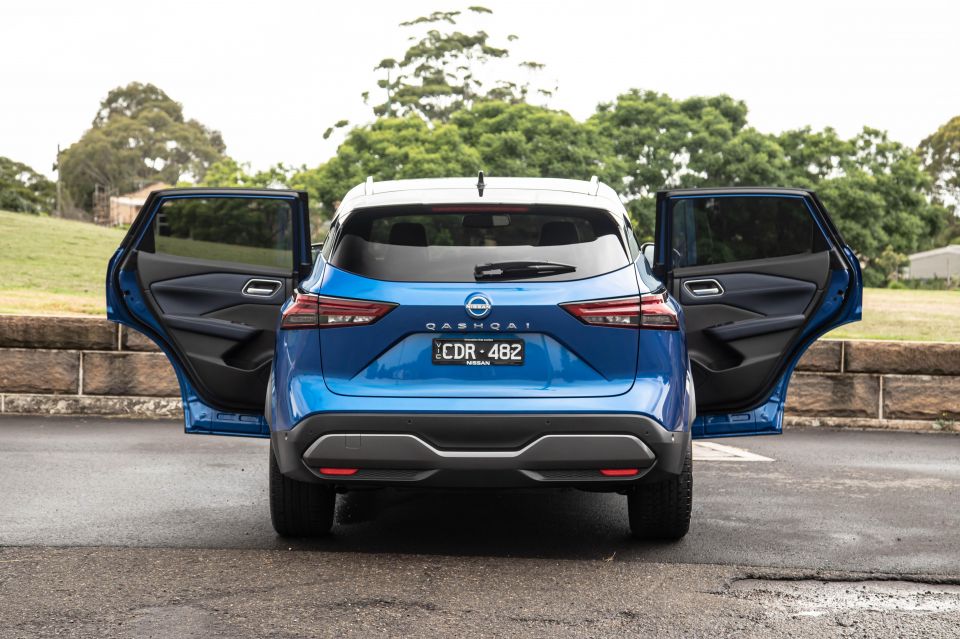
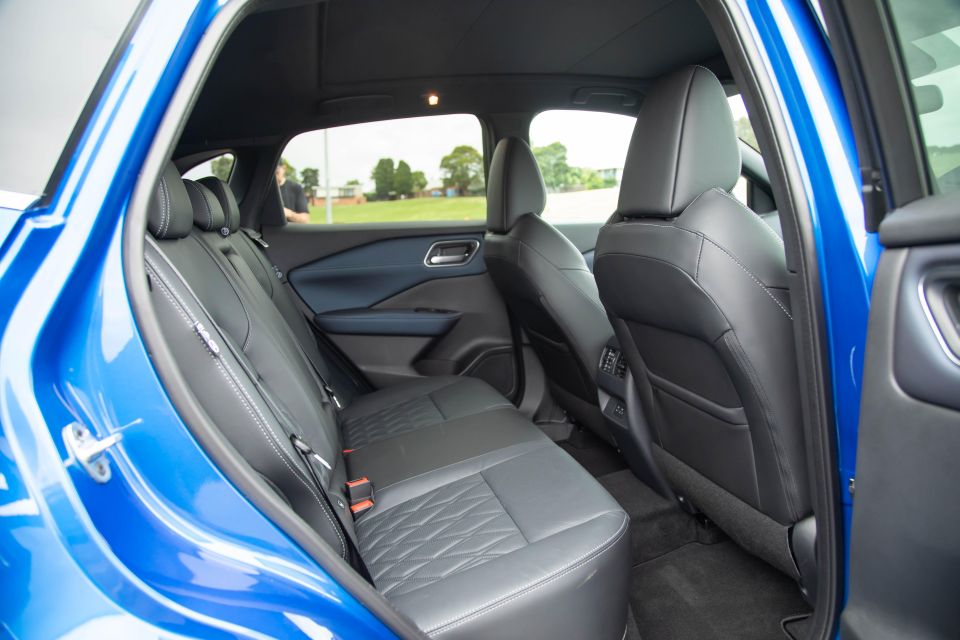

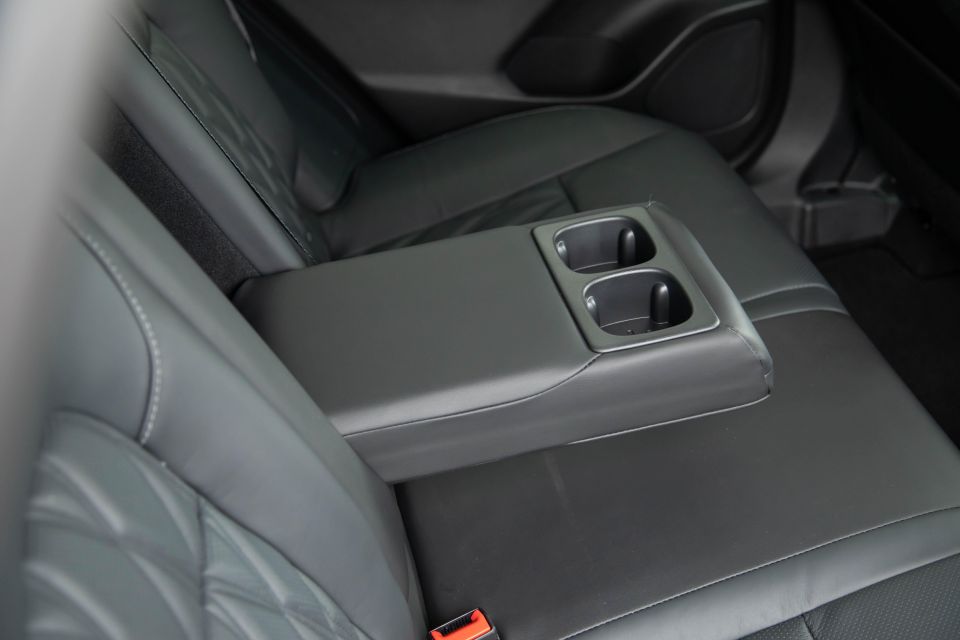
Now, I’m 182 cm/6’0”, and not as skinny as I once was (thanks, dad bod) but the Qashqai’s doors meant I could easily put my daughter (20 months) into her forward-facing child-seat without needing to breathe in to make sure I fit.
And if you’re interested in a Qashqai but don’t have kids (or have really big kids), you might be impressed to learn that my big frame had heaps of room in front of my knees, above my toes, over my head and there was even decent shoulder width as well.
Amenities include map pockets (x2), a flip-down armrest with (a bit shallow) cupholders, door pockets for bottles, directional air-vents, USB-A and USB-C ports for device charging.
A final point on those doors for parents – if you have a child at the age of “I can get myself in and out of the car”, be aware they do swing to 90 degrees, and there’s a lot of parking spaces that won’t allow that to happen without another car’s door being dinged.
Now, what about the boot? It’s important for a Family Guy like me (insert Peter Griffin laugh here), and it is an impressive cargo hold.
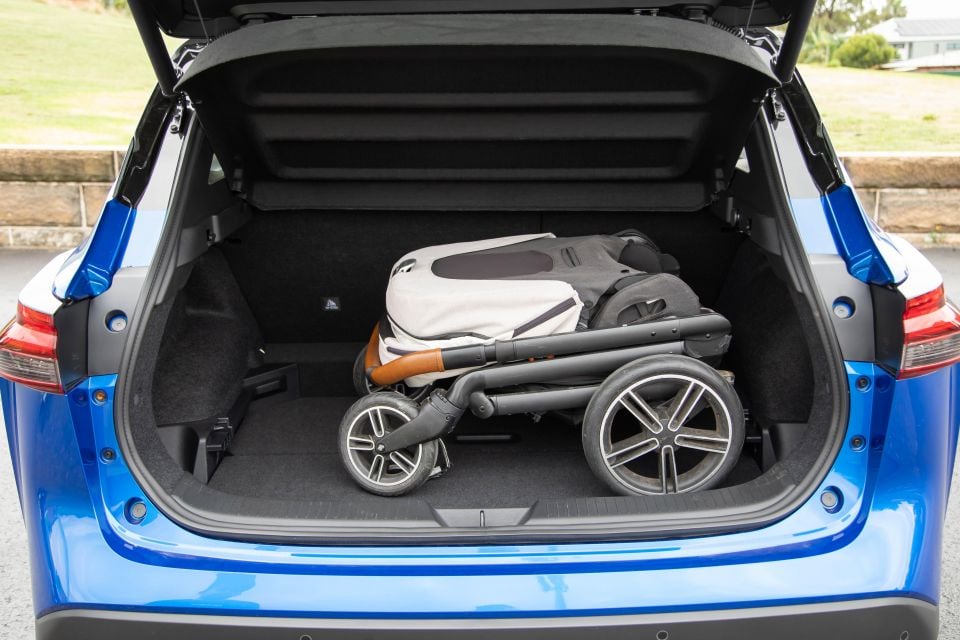
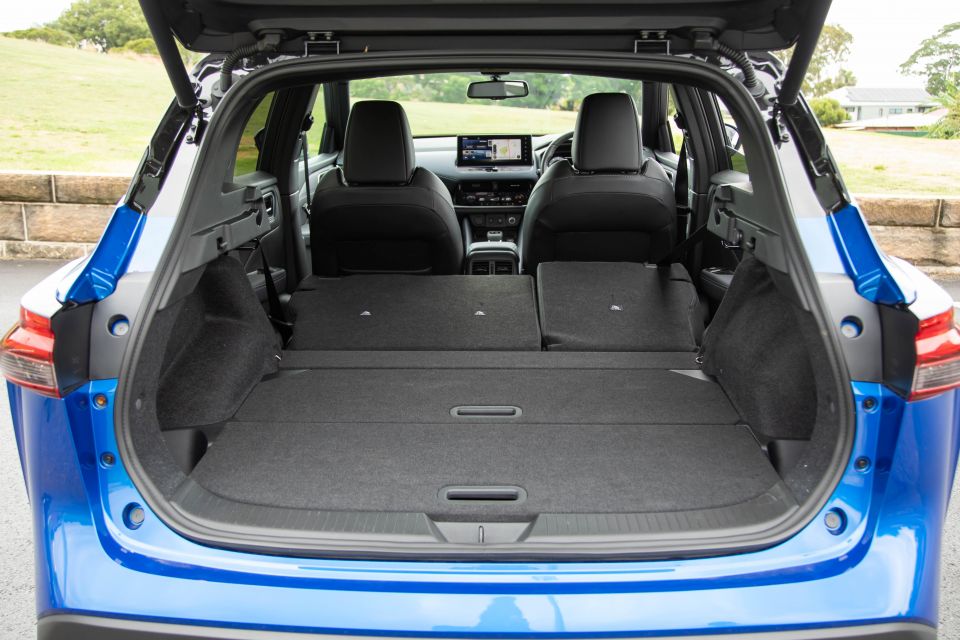
Nissan states there is 418 litres of boot volume, and unlike the other models in the range this version has the Divide-N-Hide cargo floor system, which is two false-floor boards that allow you to divide the space or hide stuff below them.
They are clever if you need a flat space (nappy change table) and flippable as well – one side is carpet, and the other side is plastic which is wipe-down-friendly (or hoseable, depending on the extent of the nappy damage).
With those flat sections removed, though, the boot shape is a bit weird – it has a raised boxy section below the backs of the seats, but if you’re a parent, you’ll find something to fit in there. You have, after all, completed your Masters in ‘BootTetris‘.
You can see in the pictures that I managed to fit my child’s pram in with ease, and there was a fair bit of room left over with or without the false floor in play. It is a pretty practical little car and, unlike some rivals, you get a space-saver spare wheel under the boot floor too.
The Ti is currently available with a 1.3-litre four-cylinder turbocharged petrol engine, with 110kW of power (5500rpm) and 250Nm of torque (1600-3750rpm).
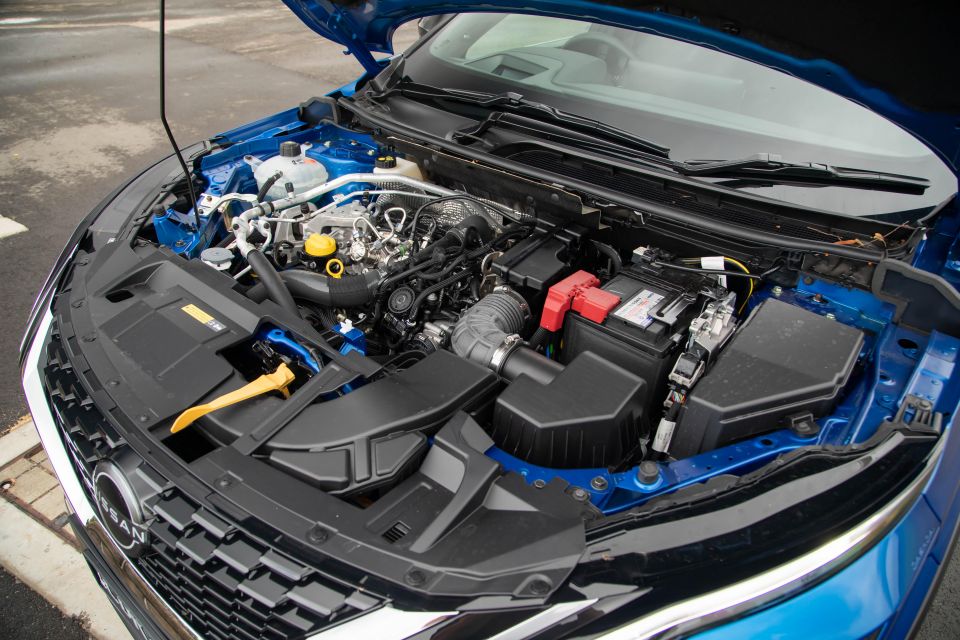
That’s plenty of poke – as much as a VW Tiguan Allspace seven-seater base model, in fact. It has a continuously variable transmission (CVT) automatic, and is front-wheel drive only.
Nissan will launch another powertrain for the Ti grade (and maybe others) by the end of 2023, too.
The e-Power is a form of “petrol-electric hybrid” – but unlike a Toyota or any other one on the market, it uses a 1.5-litre turbo-petrol three-cylinder engine to act as a generator, feeding the battery pack and helping to send power to the electric motor at the front axle via an inverter.
The Qashqai Ti, unsurprisingly, drives very similarly to the ST-L grade I reviewed recently.
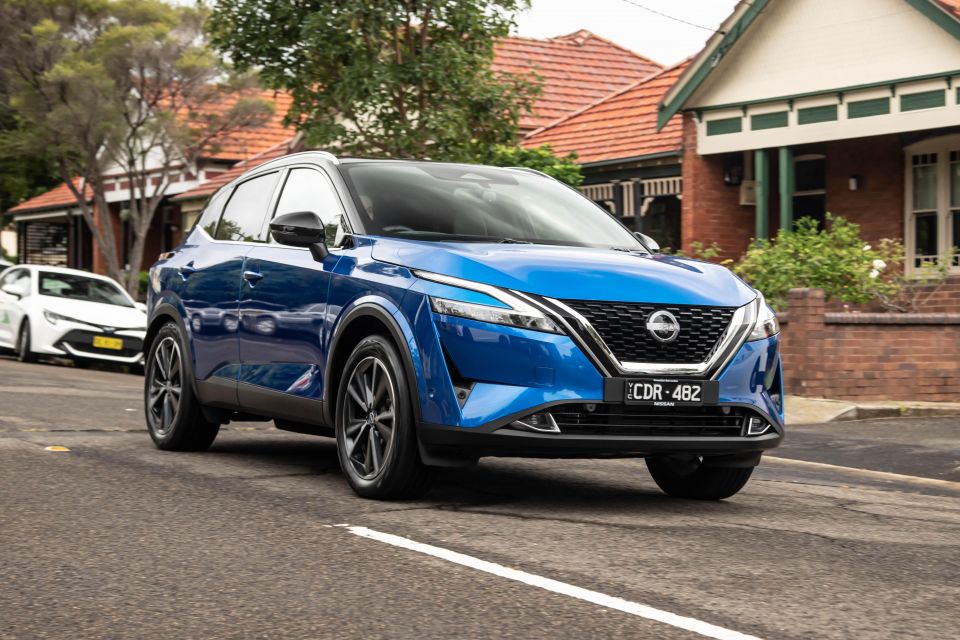
It is a competent and mostly comfortable little car, and I reckon it would suit those who live in the suburbs or the city just as well as it will those who live in regional areas or the country.
That little 1.3-litre turbo petrol engine is a pretty eager thing, with easily enough power and torque for this application, even if it does have a CVT automatic.
I think the transmission is pretty well-suited to the job, apart from the fact that it can be a little slow to react at speeds – when you’re parking or doing a multi-point-turn in a tight street, for instance.
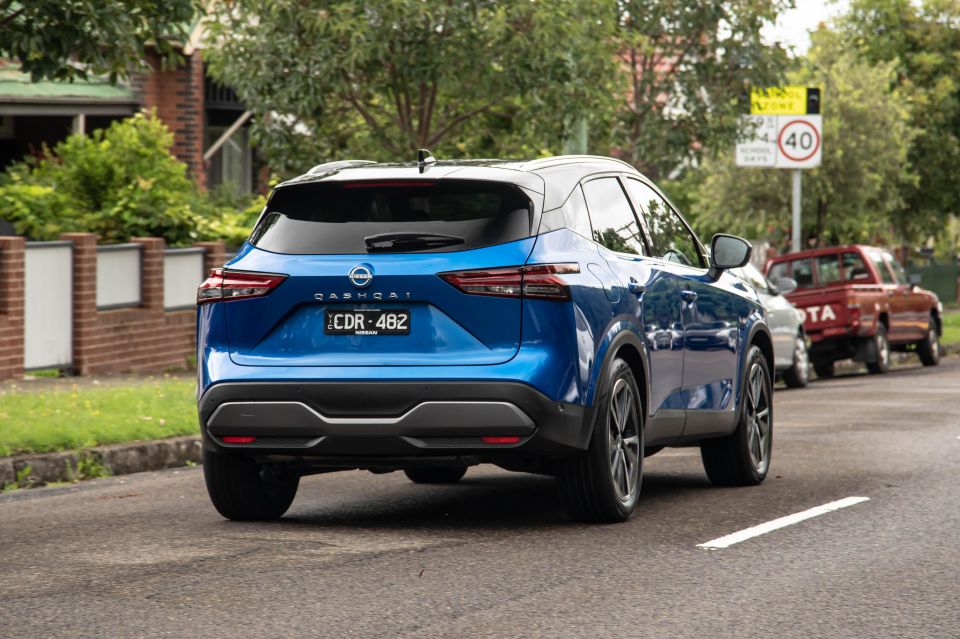
But you will acclimatise to it, and it’s certainly not as offensive as some other types of transmission in other small SUVs out there.
While the ride of the ST-L I drove was impressive to me, this drive in the Ti was a bit more focused on the urban grind around the pockmarked streets of inner Sydney, and I can see why some of my colleagues have labelled the Qashqai’s ride as being “a bit fidgety”.
I don’t think the ride is bad – not even close – but there is some pitter-patter at the rear axle at times, and you will feel sharp edges when you hit them, thanks to the 19-inch wheels and relatively low-profile tyres.
Further, the steering was suited to this type of driving as well as my more regular open road and highway testing. It was manageable for turning around in tight spots, despite a bit of a larger-than-expected 11.1-metre turning circle.

And while I don’t think I’d label it as “fun” to drive around the urban jungle, I can definitely think of worse cars to do that kind of driving in.
So what about parking? If you’re jostling for a spot at drop-off, the size of the Qashqai comes in handy.
It’s just 4425mm long and the aforementioned excellent surround-view camera system makes piloting and pivoting into squeezy spots easier than it could otherwise be.
The Qashqai Ti isn’t going to fit all budgets, as I mentioned. But it is handsomely equipped for your cash.
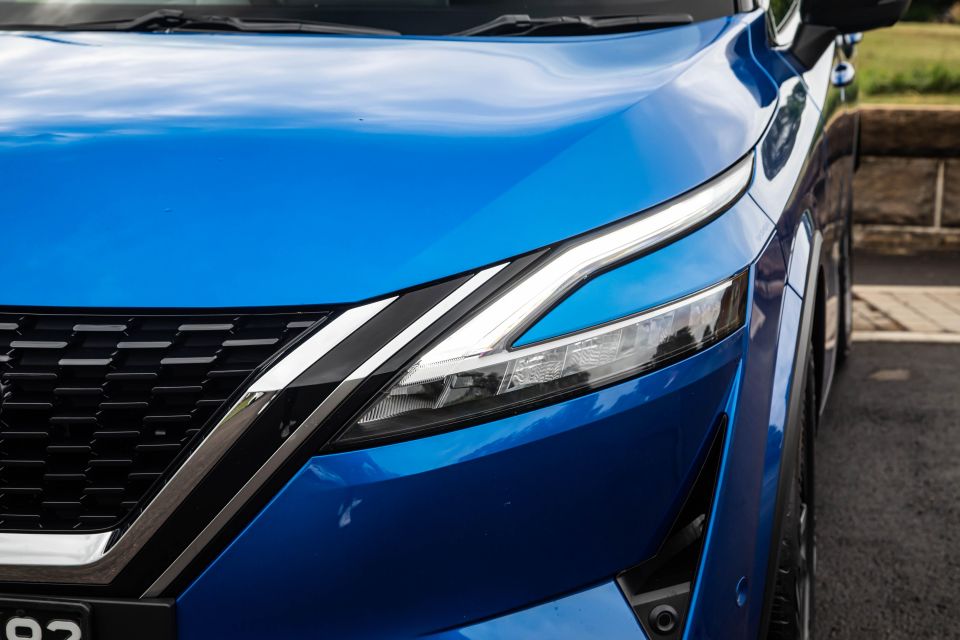



Qashqai Ti highlights:
Pretty big list, and you’ll struggle to get that gear at this price point in anything with a more ‘premium’ badge.
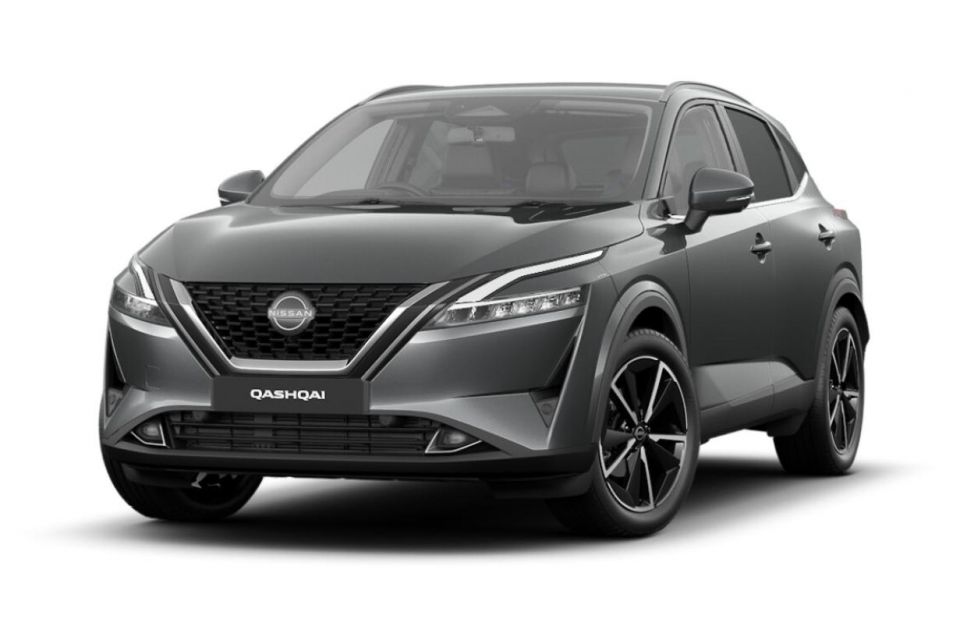
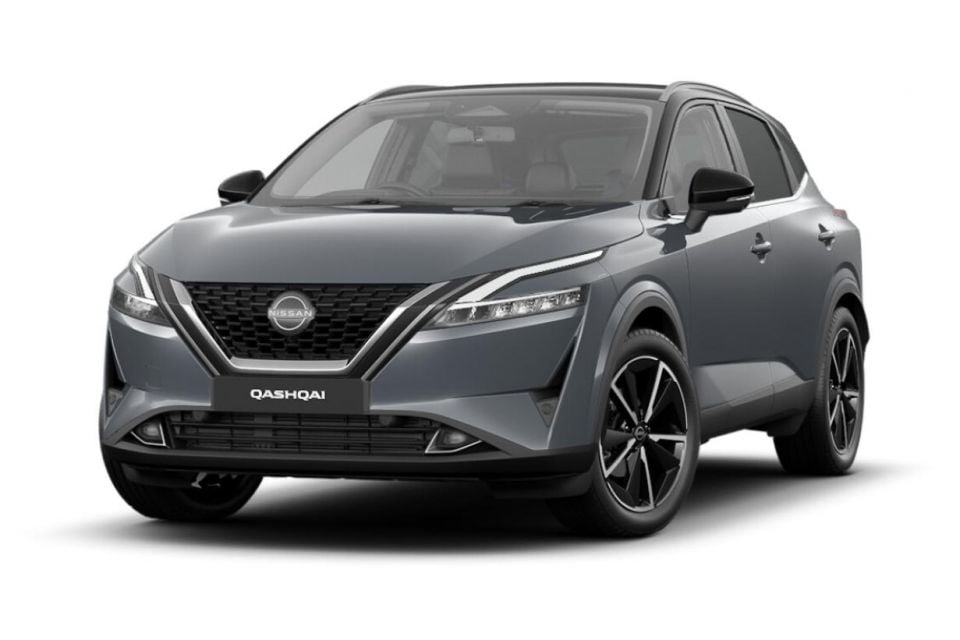
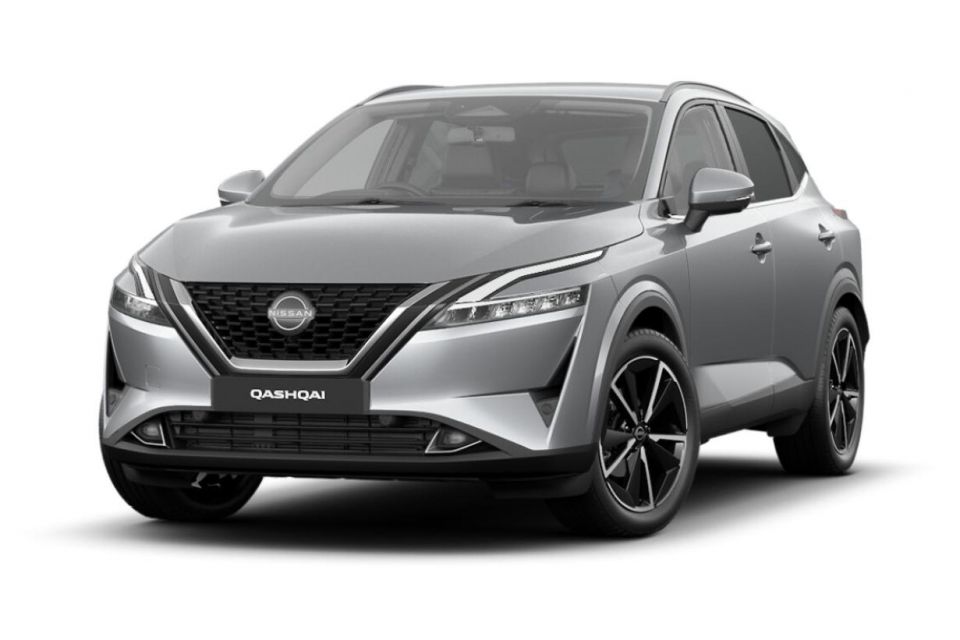

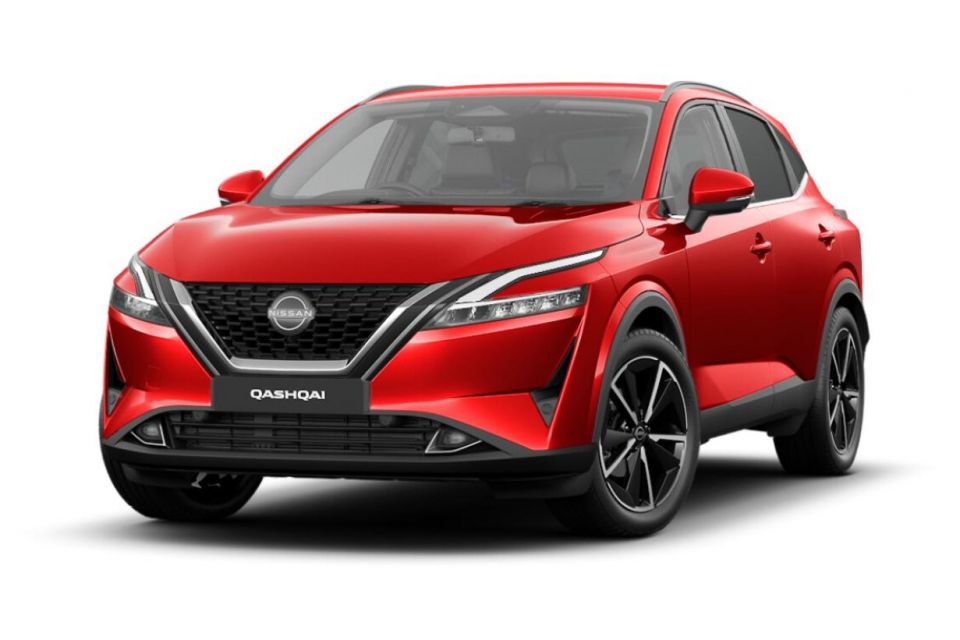
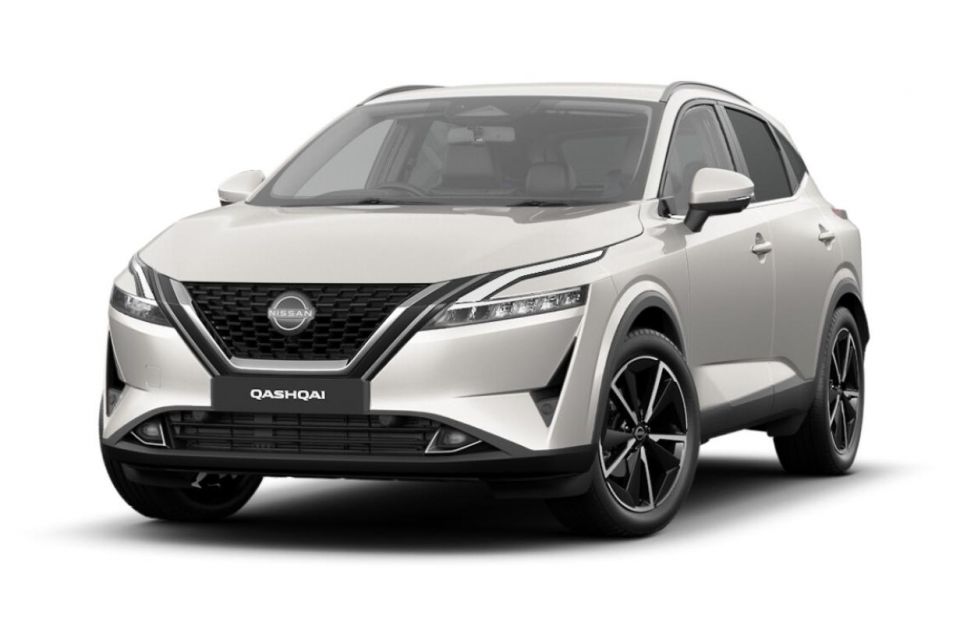
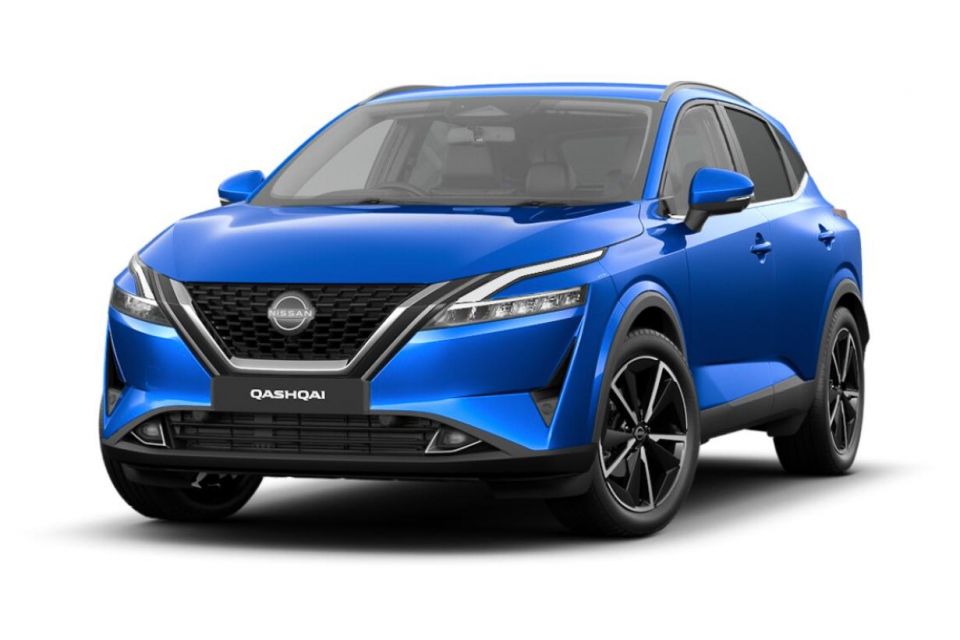

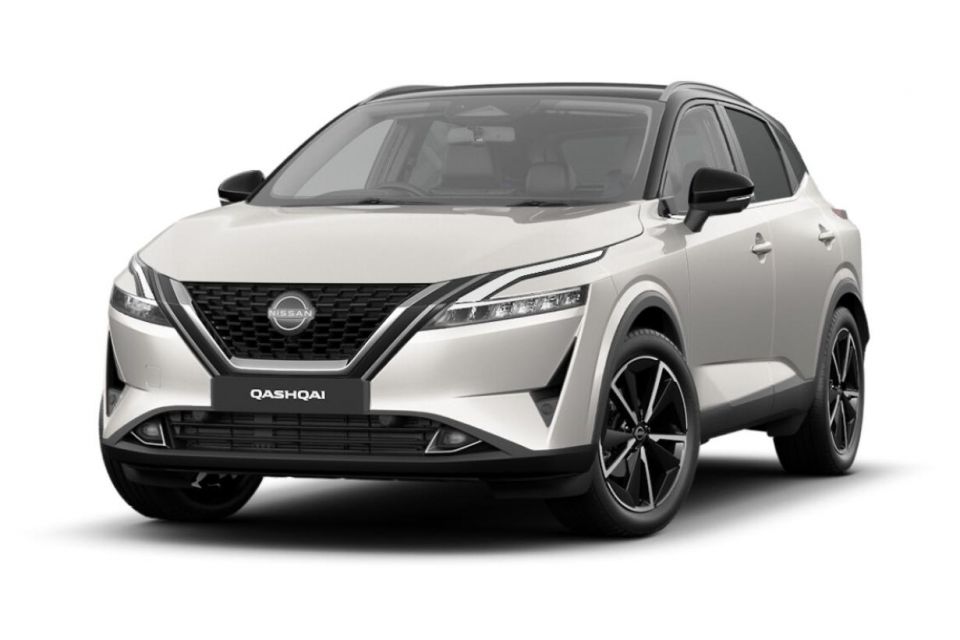
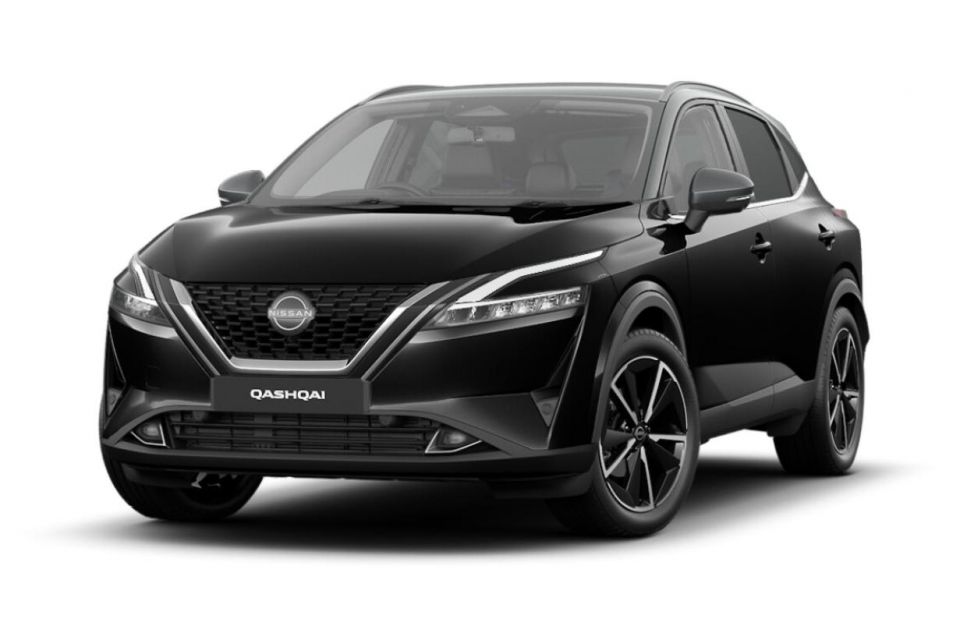
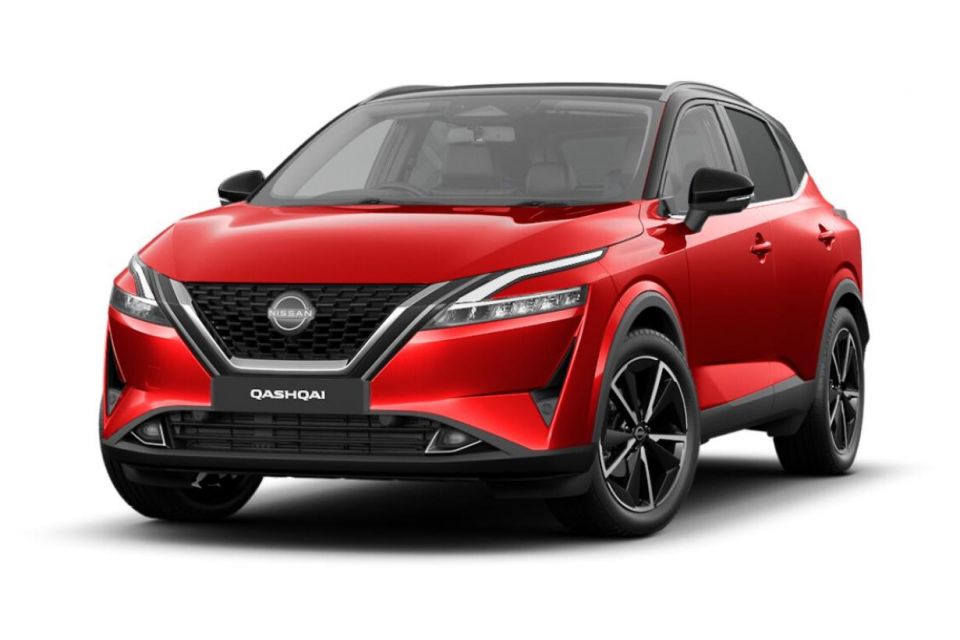

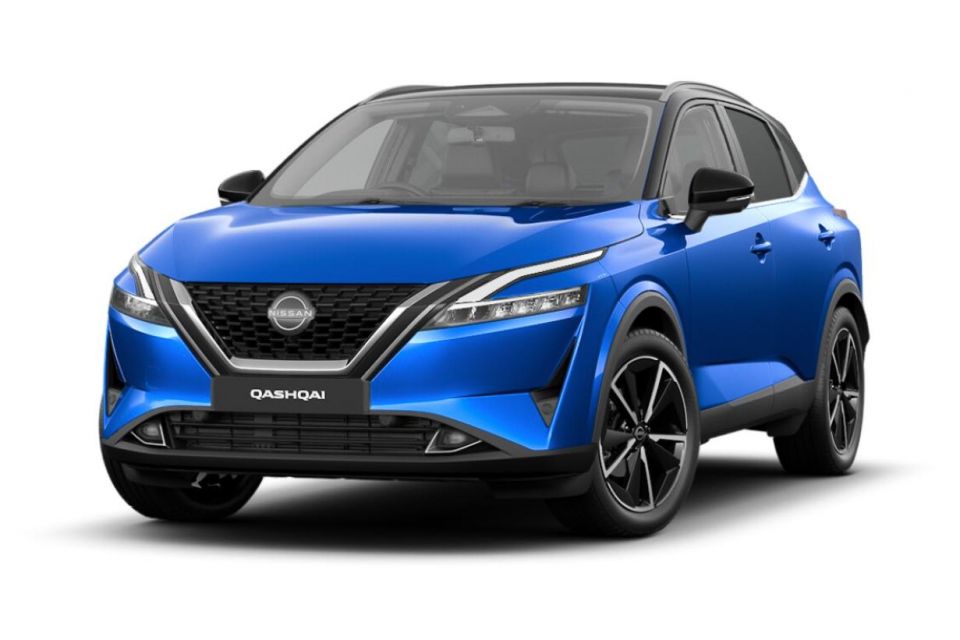
CarExpert helps new car buyers save thousands with expert reviews, honest advice, and transparent pricing – no dealer pressure and no sales games.
The maximum five-star ANCAP safety rating was awarded to the Nissan Qashqai in 2021, and with a strong safety rating you can rest assured yourself and your family should be safe if anything goes wrong.
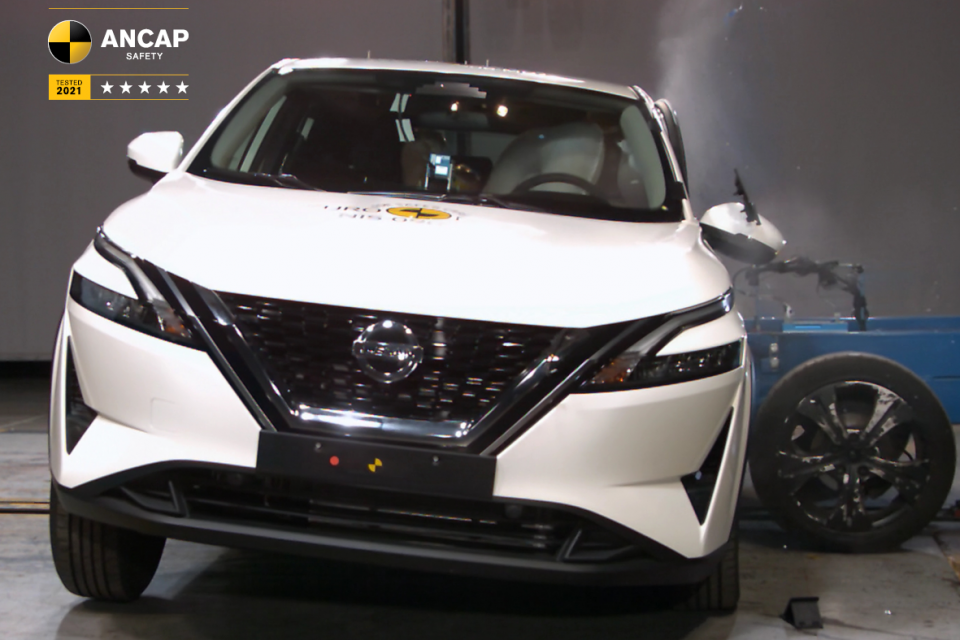
The Qashqai managed 91 per cent for both adult and child occupant protection, 70 per cent for vulnerable road-user protection, and a very strong 95 per cent for safety assist features.
ANCAP praised the Qashqai’s performance across all metrics, including a shared top score for child occupant protection – the Ford Ranger, Ford Everest and Nissan Pathfinder also scored 93 per cent. The Nissan also managed the second-best safety assist score behind the Tesla Model Y.
Full points were awarded for the Qashqai’s active lane support, and autonomous emergency braking (AEB) junction and backover capabilities, with high scores awarded for its AEB car-to-car tests and speed assistance system performance.
“By achieving these scores under ANCAP’s most stringent protocols, Nissan’s impressive safety performance will be welcomed by families and fleet buyers looking to purchase their next SUV,” said ANCAP CEO Carla Hoorweg.
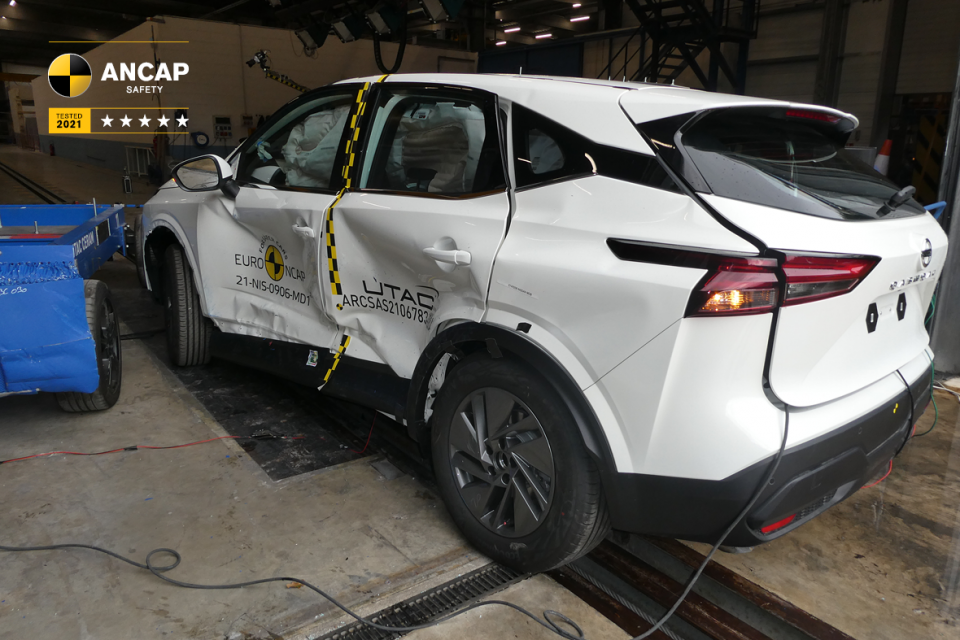
Standard safety features include:
Qashqai ST+ adds:
Qashqai ST-L adds:
Qashqai Ti adds:
Ticks the safety box. In fact, ticks it a few times.
While you mightn’t be getting a premium or luxury-branded SUV, you’re almost paying luxury car servicing costs for the Qashqai.

It has a capped-price servicing plan with maintenance due every 12 months/15,000km, which is lengthier than some, but the cost of servicing is relatively high.
For instance, the first six services/90,000km of cover is priced as follows: $375; $694; $398; $1027; $422; $1108. That averages out to $670.66 per service – not pleasant.
If there is some good news for the ownership prospects of the Qashqai; Nissan offers free roadside assistance for the duration of the new-car warranty, which is five years/unlimited kilometres.
According to the specs, the Qashqai has an official combined cycle fuel consumption figure of 6.1 litres per 100km, and it requires premium 95 RON unleaded petrol. It has a 55-litre fuel tank. My as-tested figure was 7.6L/100km over mainly urban driving.
The Nissan Qashqai Ti certainly fit into my family life quite well, but I don’t necessarily feel like you’re getting more than fifty grand’s worth of SUV – despite all of its impressive traits and design cleverness.
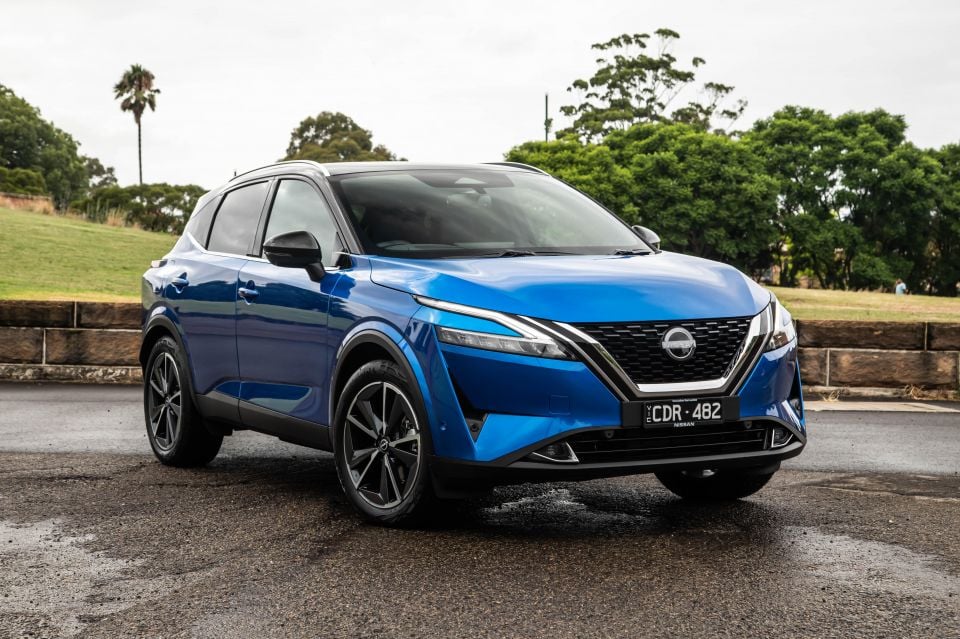
But then again I’m a massive tight-arse, and that’s why I’d be far more likely to go for a ST+ grade – it still has lots of the great stuff this spec has, and would allow a bit more budgeting for the servicing, too.
However, for those who won’t baulk at $50,000 or more for a small SUV, and who want something that is from a mainstream brand with the potential for slightly better retained value than a luxury-branded car, it could well be the right option.
Click the images for the full gallery
CarExpert helps new car buyers save thousands with expert reviews, honest advice, and transparent pricing – no dealer pressure and no sales games.
Matt has more than a decade of experience in automotive journalism, and loves exploring the pros and cons of new cars, delving into deep-dive industry stories, and going for a drive just for the fun of it.


Josh Nevett
4 Days Ago
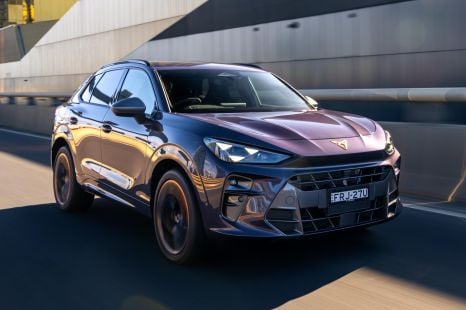

James Wong
4 Days Ago


Max Davies
4 Days Ago
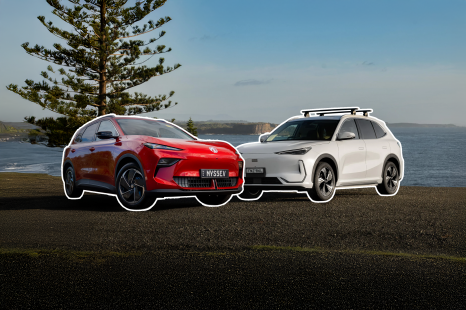

Andrew Maclean
3 Days Ago


Max Davies
2 Days Ago
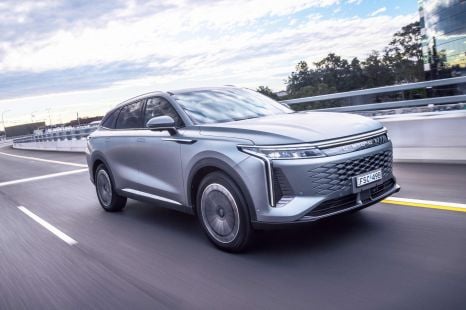

Damion Smy
14 Hours Ago